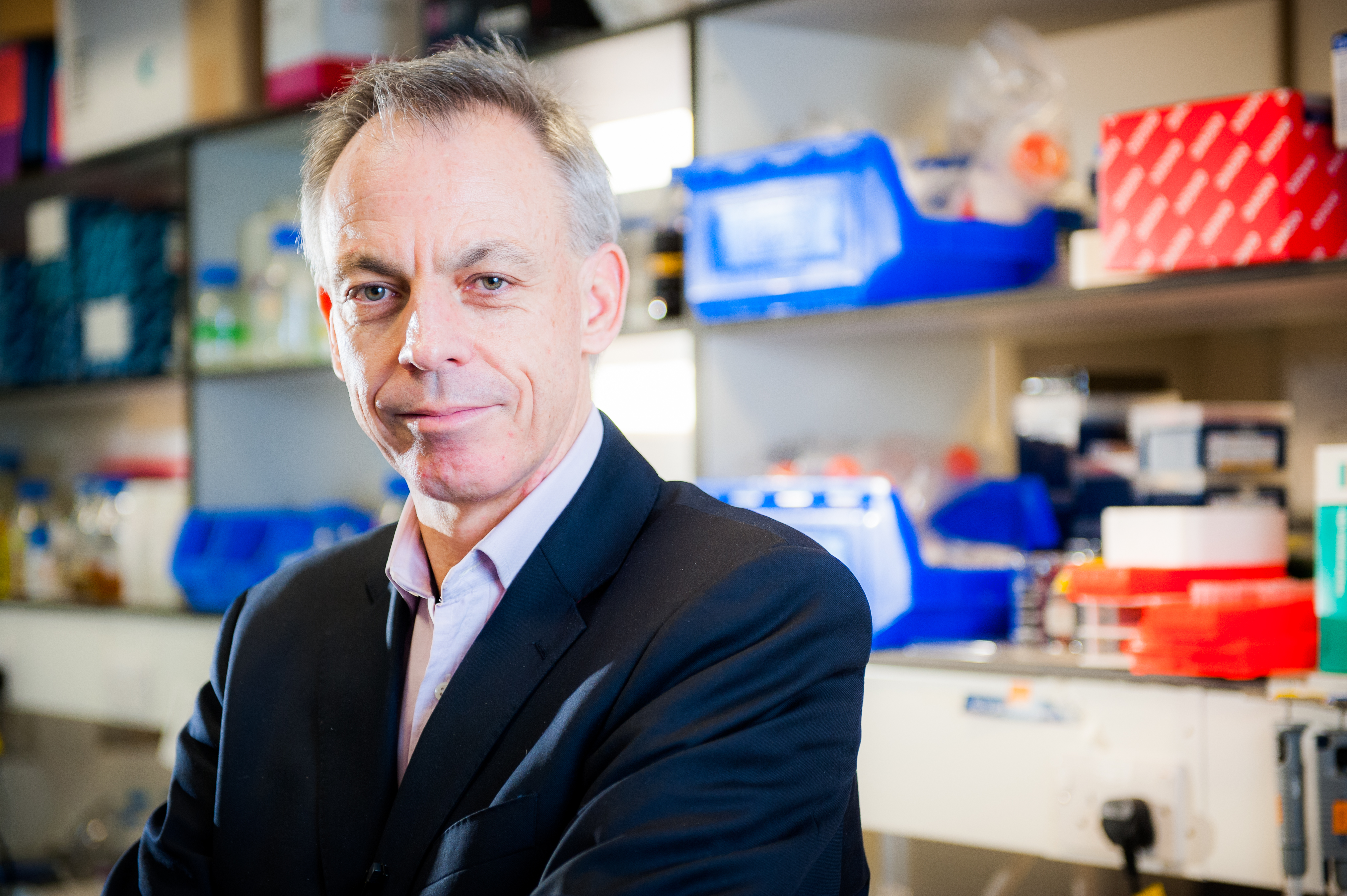Learn more about this project through this video.
How are gene therapies currently delivered?
Several gene therapies for muscle-wasting conditions are being tested in clinical trials, all of which use a virus to deliver the desired gene into the body. Viruses are very good at infecting our cells, which makes them ideal delivery vehicles (or vectors) for gene therapies. However our bodies have naturally evolved to fight viruses, which poses some problems for gene therapy.
When you’re first exposed to a virus, your immune system produces antibodies against it. This ensures that, if a second exposure occurs, the virus is recognised and destroyed. However, the consequence of this is that it’s only possible to give someone a single dose of viral gene therapy. If the effect of this first dose wears off, unfortunately it’s not currently possible to administer a second dose.
Another challenge relates to pre-existing immunity. The viruses that are being used in gene therapy exist naturally in the environment, so some patients may already have antibodies against them (known as pre-existing immunity). Unfortunately this means that these patients cannot be given viral gene therapy.
What delivery methods are being investigated in this project?
Professor Matthew Wood and his team are developing alternative delivery methods for gene therapy that will hopefully address the problem of the immune response. In this project, they are making use of tiny packages found naturally inside the body called exosomes. They will engineer the exosomes to carry a smaller version of the dystrophin gene called micro-dystrophin, which is being used as a gene therapy for Duchenne muscular dystrophy. The researchers will inject multiple doses of the exosomes into mouse models of Duchenne to see if this is safe and effective.
The researchers will also develop and test a combination of exosomes and adeno-associated viruses (AAV) carrying the micro-dystrophin gene. They hope that the exosomes may be able to act like a shield for the AAVs, so they evade detection by the immune system.
How will the outcomes of this research benefit people with Duchenne muscular dystrophy?
This project will develop new delivery methods that will hopefully tackle immune problems associated with viral gene therapy. This could make more people with Duchenne muscular dystrophy eligible for gene therapy in future.
How could the outcomes benefit other muscle-wasting conditions?
Although this project is focusing on the delivery of micro-dystrophin gene therapy, which is specific for Duchenne muscular dystrophy, its findings will benefit the wider gene therapy field. The knowledge gained will be valuable to researchers developing gene therapies for other muscle-wasting conditions.
Further information
If you would like further details about this research project, please contact the MDUK Research Line on 02078034813 or email research@musculardystrophyuk.org
Visit the MDUK Oxford Neuromuscular Centre’s website.
It is only through your contributions that we can continue to fund the vital work that takes us closer to finding treatments and cures for muscle-wasting conditions. Donate now and help change the lives of thousands of people living with these conditions. Thank you for your support.

